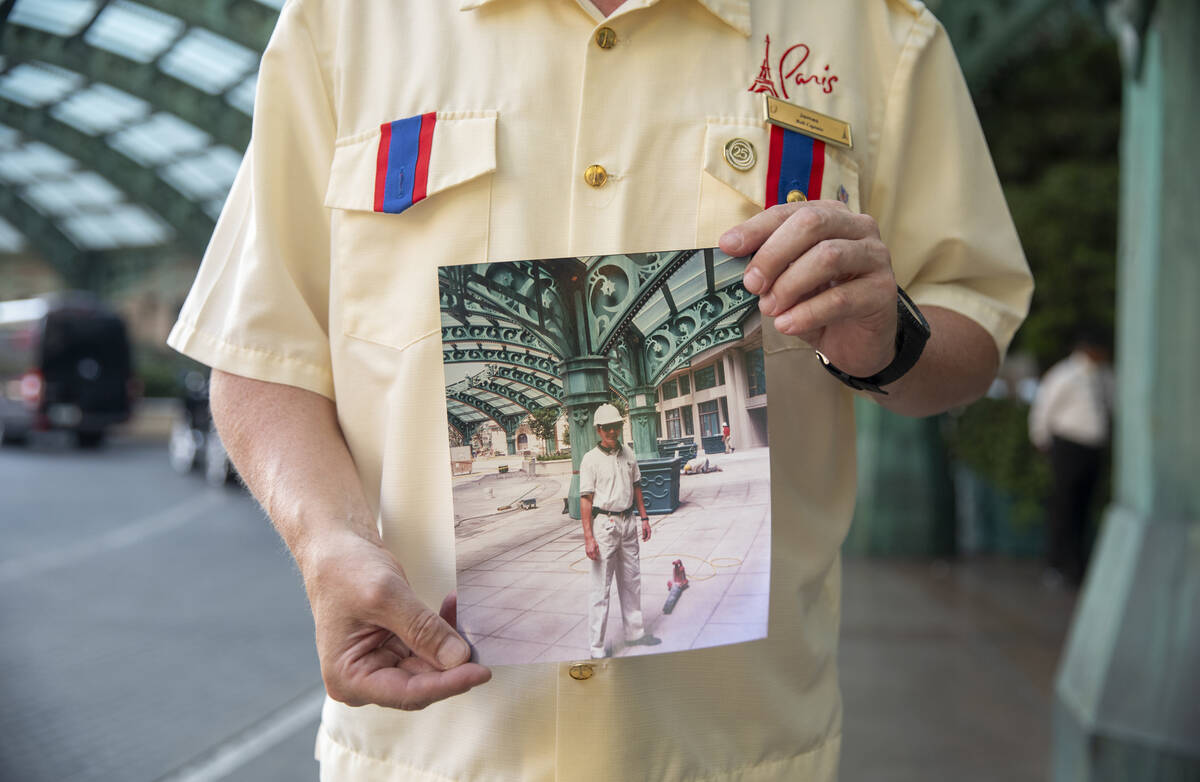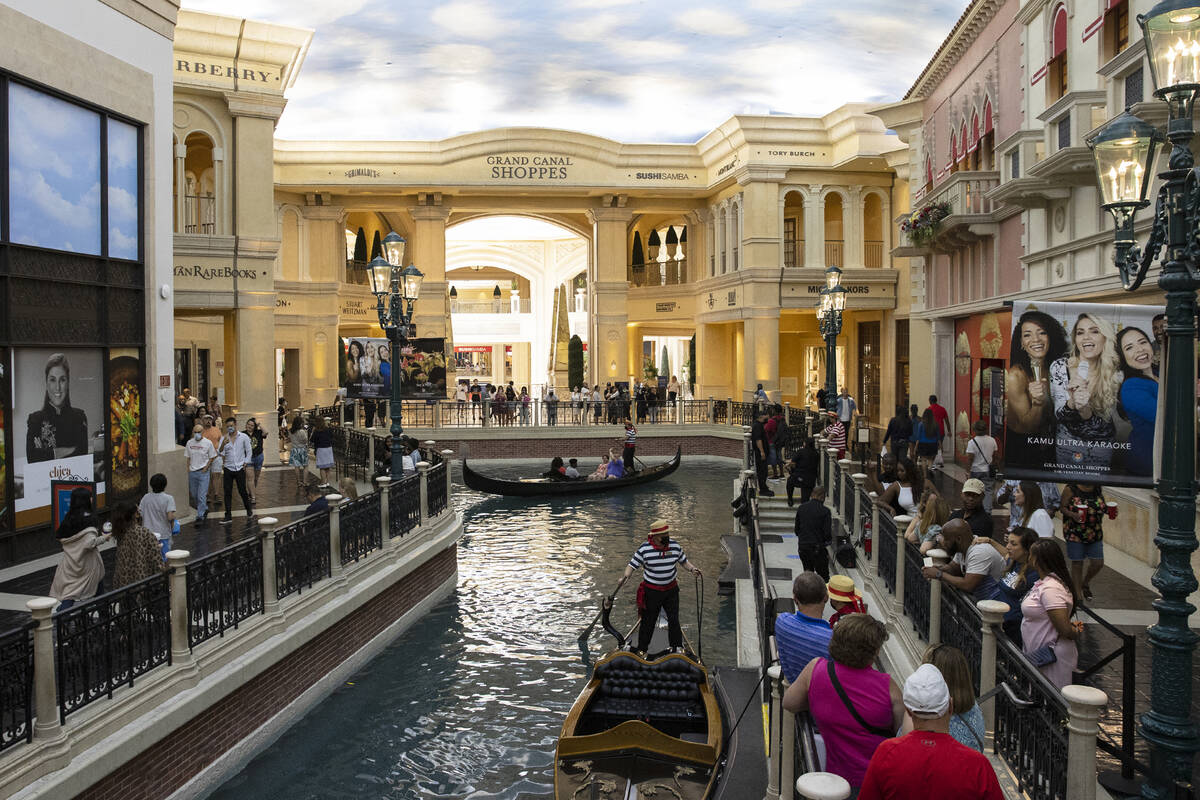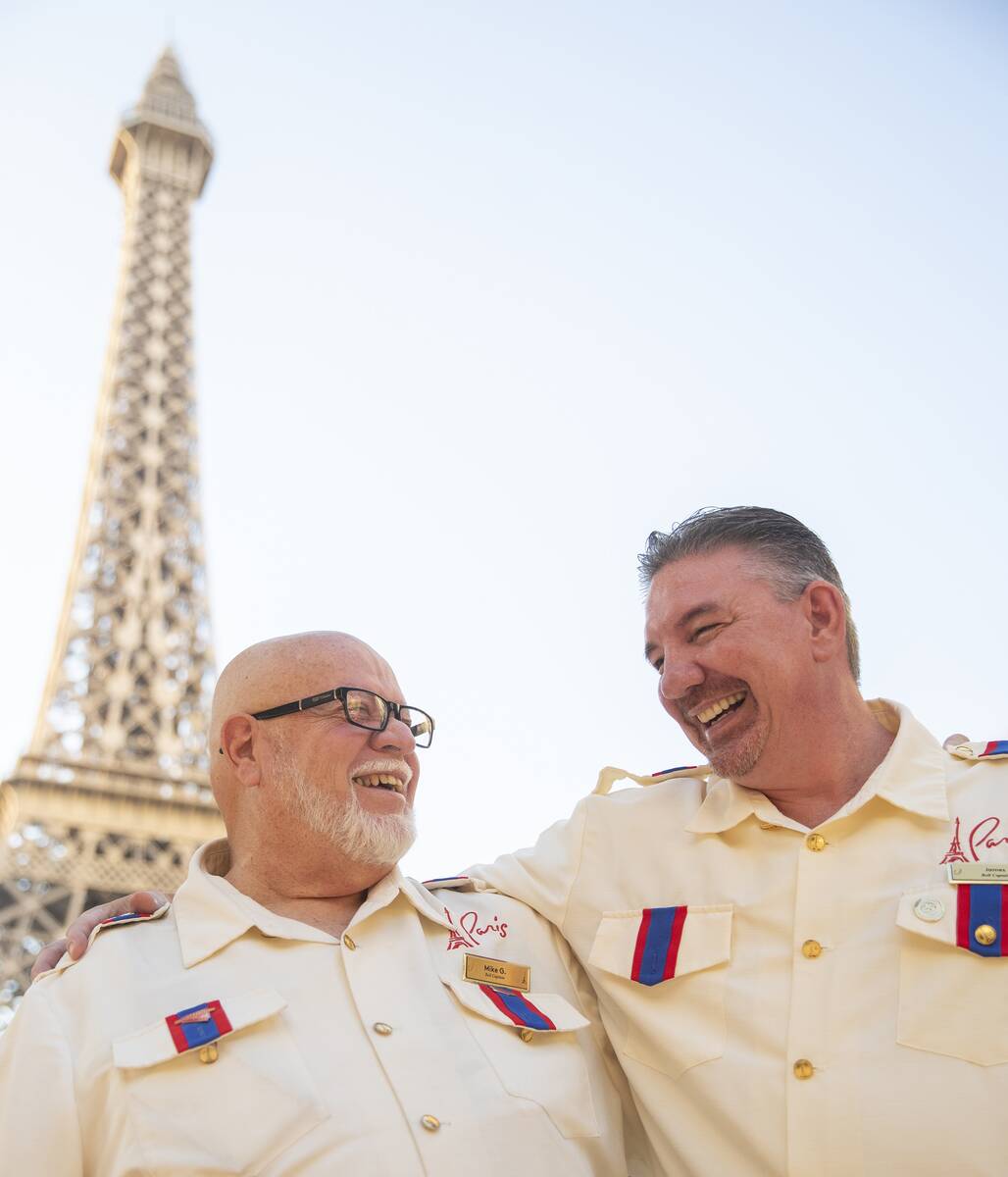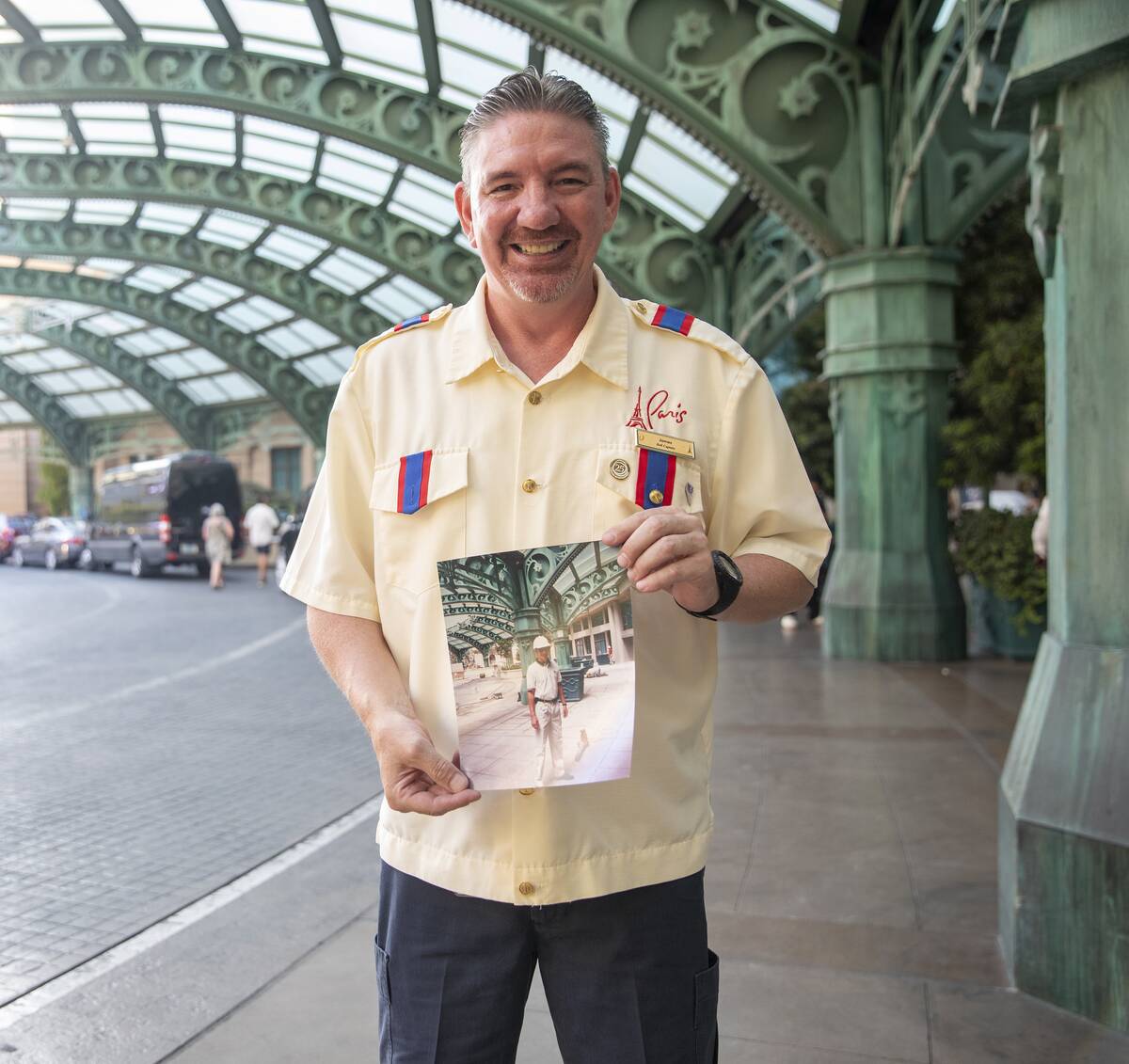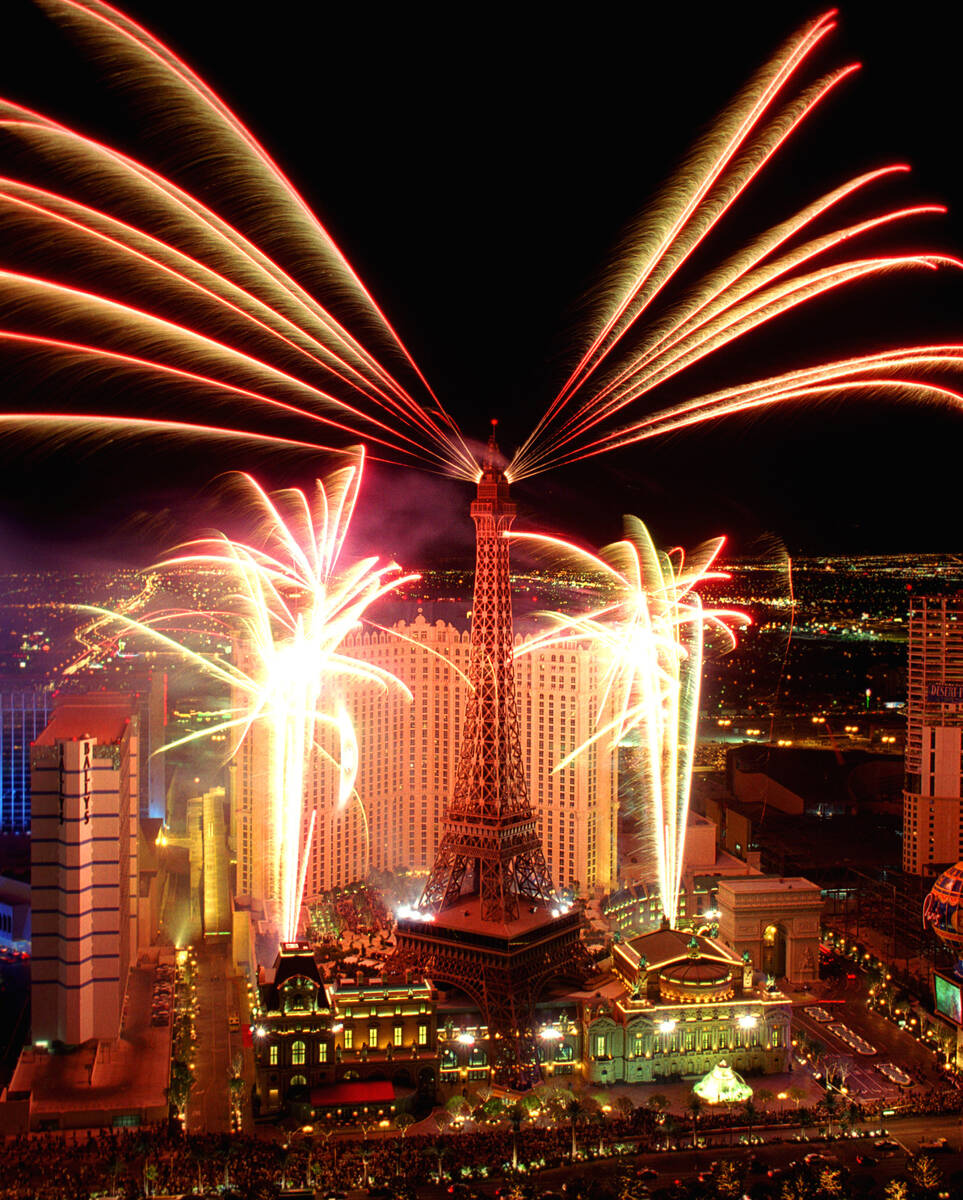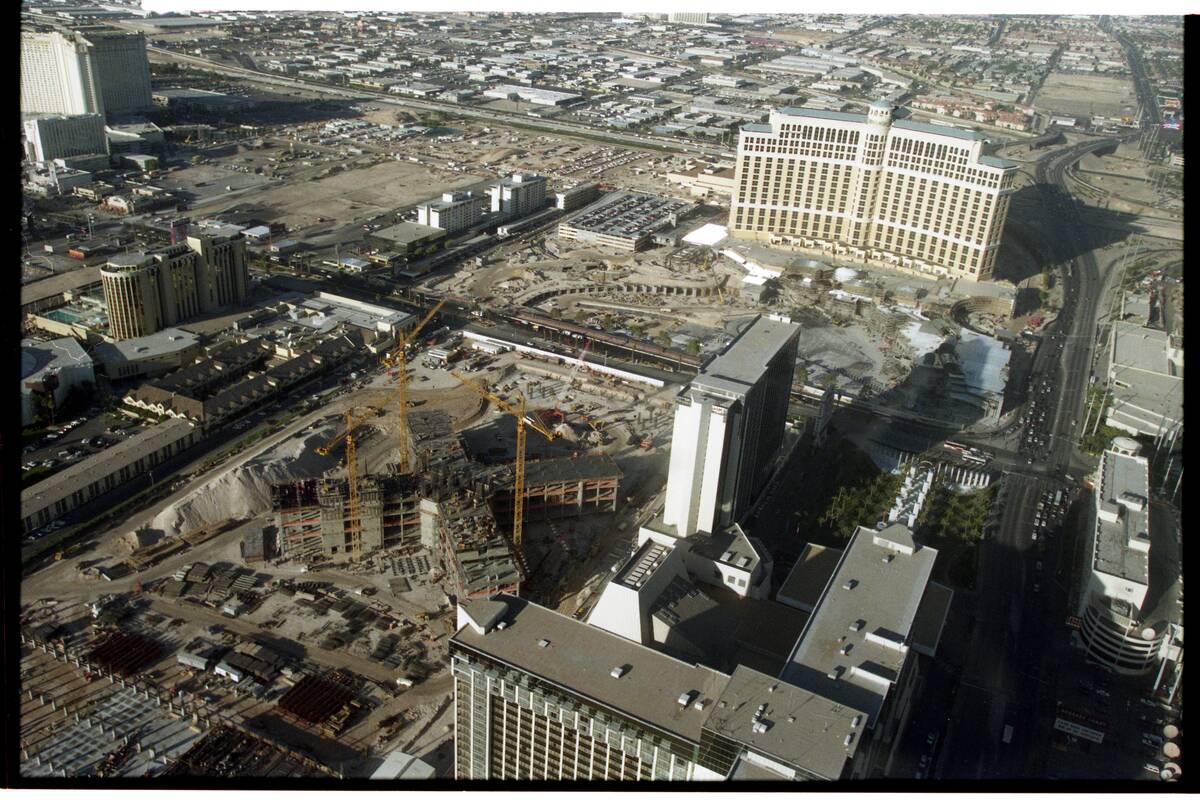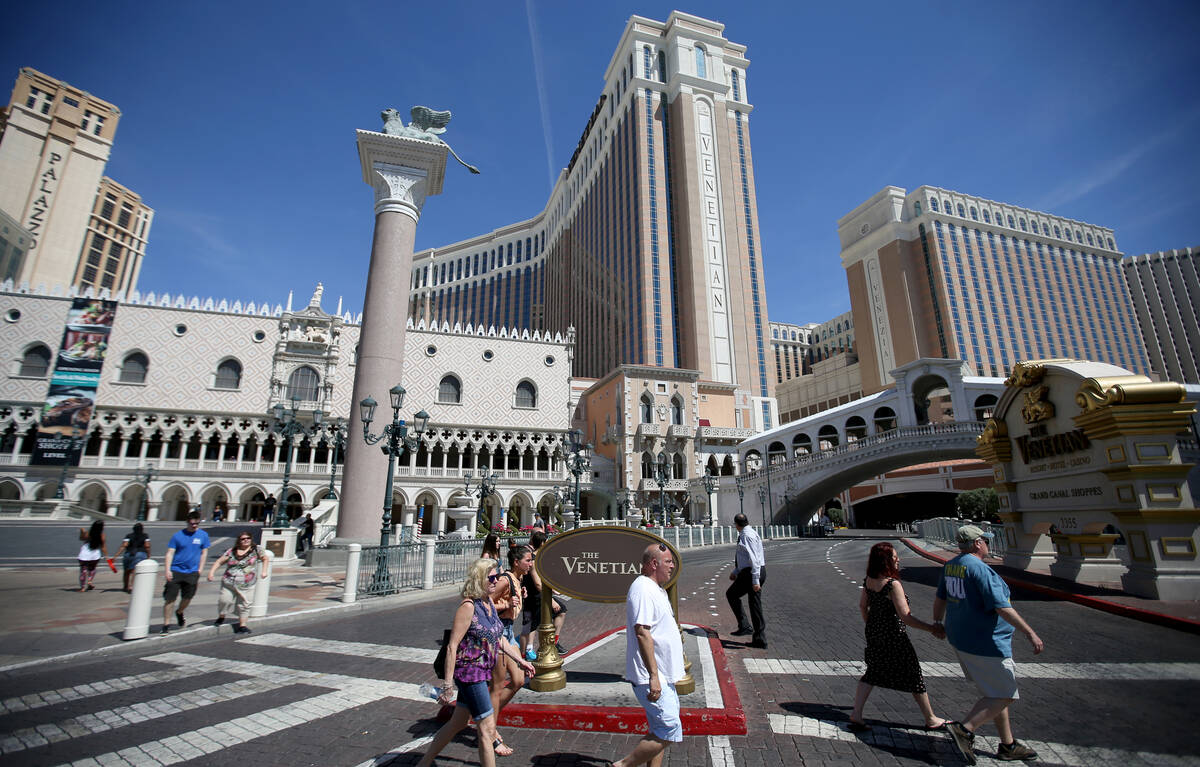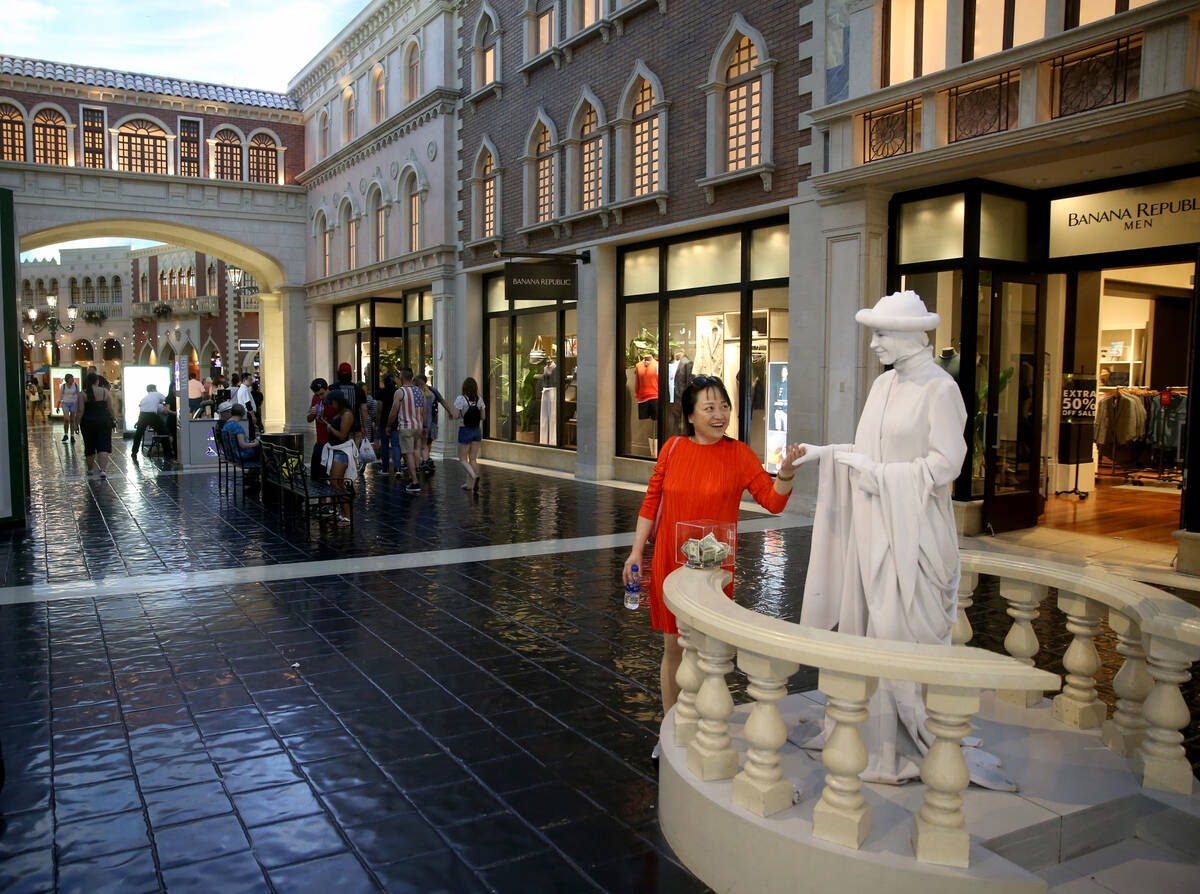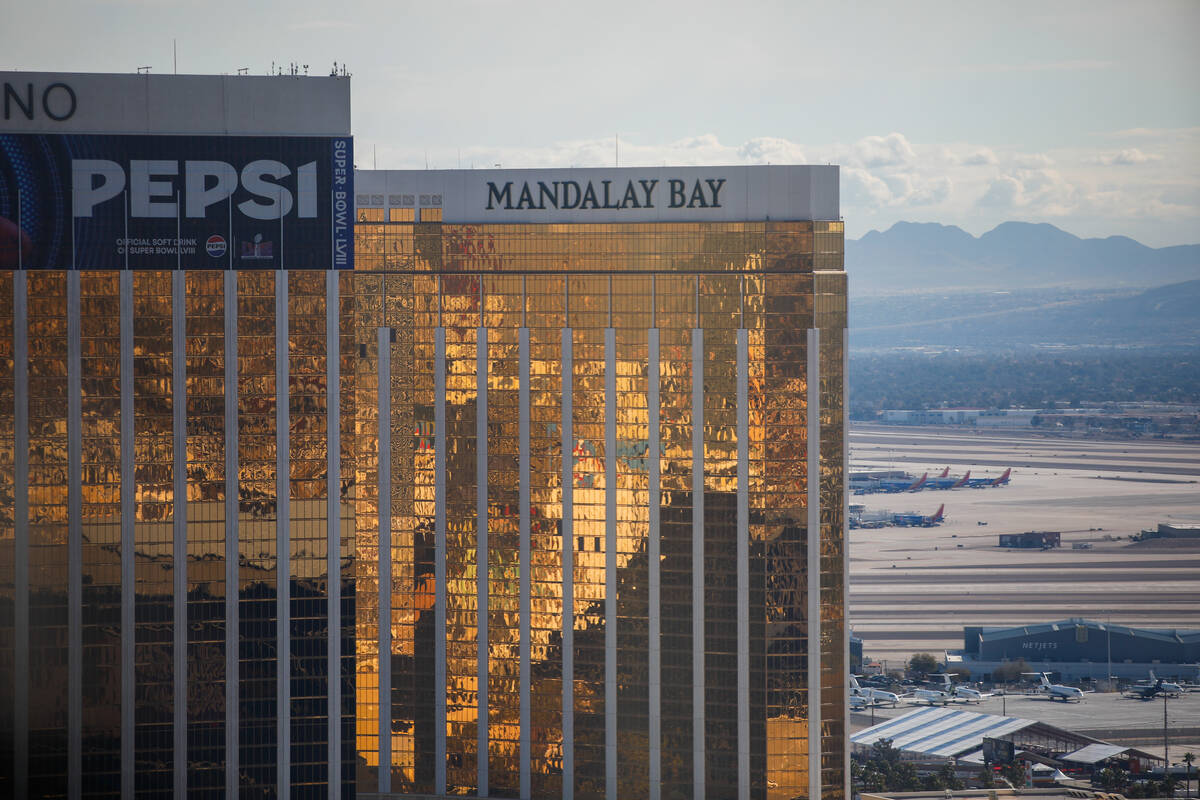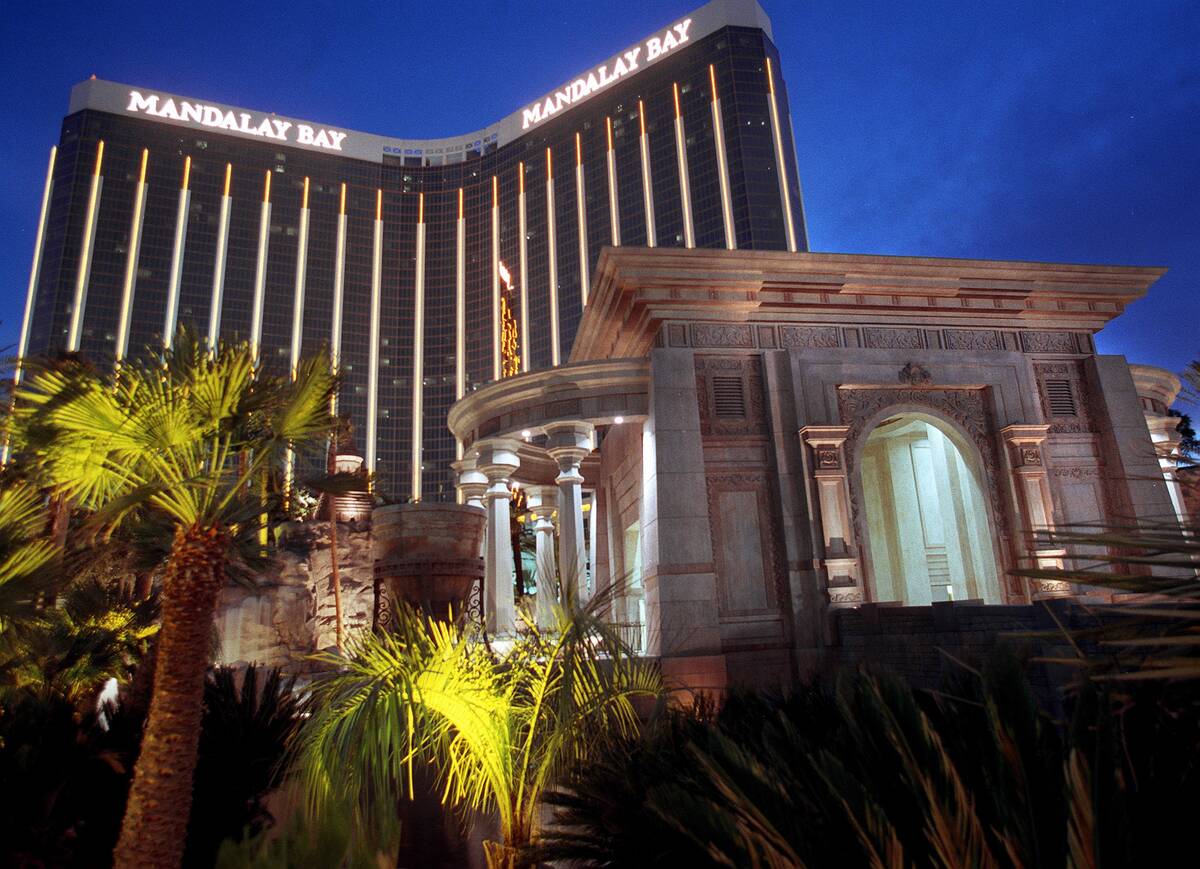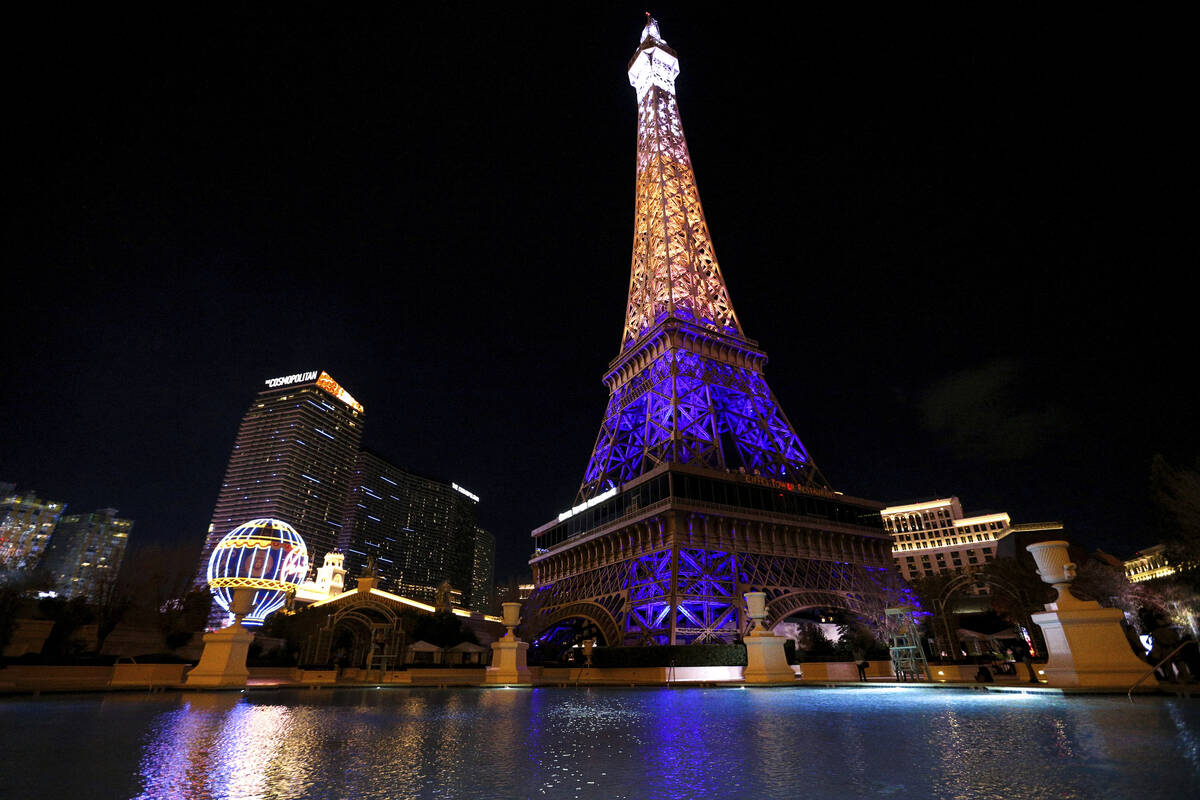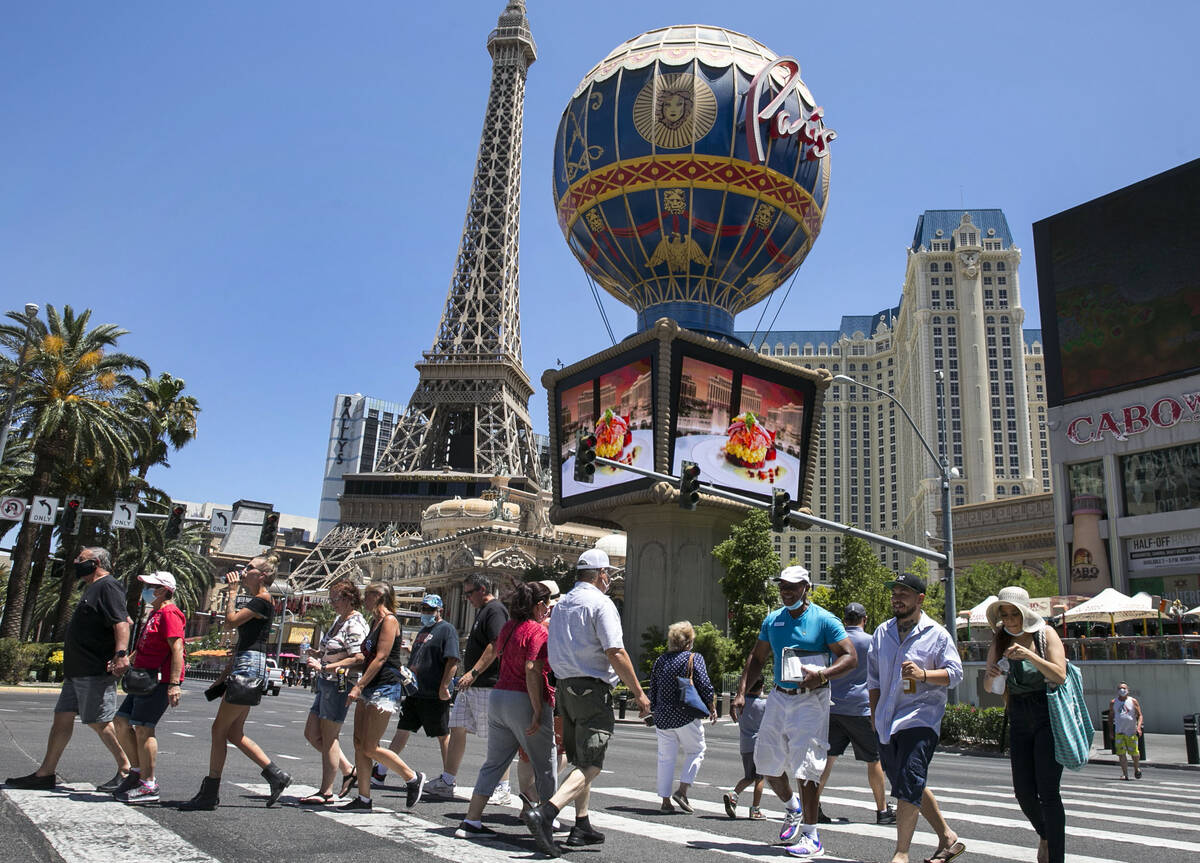3 Las Vegas casinos debuted 25 years ago, changed the Strip
When three casinos opened on the Las Vegas Strip in 1999, it marked the first time in the corridor’s history that a trio of new megaresorts debuted in a single calendar year.
Mandalay Bay, The Venetian and Paris hotel-casinos each brought something unique to Sin City when they first appeared a quarter-century ago, appealing to different customer bases that, even to this day, help shape their identities. Collectively, they cost more than $3.2 billion to construct while adding nearly 350,000 square feet of casino floor space, more than 500,000 square feet of convention and meeting space, over 9,100 hotel rooms and suites and 13,000 new jobs to the Strip.
As the three Las Vegas casinos celebrate silver anniversaries in 2024, gaming and hospitality experts say the impact those properties had on Las Vegas and the Strip is still evident today.
Robert Ambrose, a former gaming executive who is an industry consultant and educator, said 1999 was a “turning point in elevating the luxury resort market on the Las Vegas Strip.”
“The debut of these three properties generated excitement, drawing both repeat visitors and new tourists on an international scale,” Ambrose said. “They also provided expanded convention space and hotel rooms at a time when Las Vegas needed it most. This expansion sparked a ripple effect throughout the local hospitality industry, accelerating what was then called the ‘nongaming experience’ — focused on entertainment, dining and shopping. Today, this concept has evolved into what we now know as the ‘integrated resort experience.’”
The trio of new Las Vegas resorts came on the heels of the late-1998 opening of the Bellagio hotel-casino. Mandalay Bay, The Venetian and Paris saw the success Bellagio had at attracting a clientele with more disposable income than the traditional Vegas vacationer and, to varying degrees, tried to emulate that approach, said David Schwartz, a casino historian and UNLV ombudsman who previously served as director of the school’s Center for Gaming Research.
“They took the Bellagio’s idea of going after the higher-end (customer) and really made it a reality,” he said. “The three new resorts were following that path.”
UNLV history professor Michael Green said the three casino properties were “all carefully planned and reflected the success, the extravagant growth of the Strip and Las Vegas in the ’90s.”
“I think it shows that certain approaches when carefully studied and thought out beforehand work,” Green said. “There are themes that might not work, or it might not be wise to try to compete for conventions and so on. But these places established themselves and have maintained themselves. That’s important.”
Each resort has a target audience
Mandalay Bay, with its tropical theme and south Strip location, was a favorite for traveling families. The $950 million facility opened in March 1999. The complex sported an 11-acre pool with 2,700 tons of sand imported from California for a walk-in beach, a lazy river and a wave pool.
Schwartz said Mandalay Bay hit its stride a few years later when it incorporated two nongaming hotels into its footprint. By adding THEHotel, now known as Delano, and the Four Seasons, Mandalay Bay became a Las Vegas trendsetter.
“The Four Seasons was an incredibly important element there,” he said. “The boutique hotel within a hotel is an aspect that other Las Vegas casinos have adopted. It was really ahead of its time.”
Closer to the center of the Strip, the late Sheldon Adelson’s Las Vegas Sands Corp. was looking to welcome business travelers with a focus on conventions and large meetings. The Venetian — reportedly inspired by a honeymoon with his second wife, Miriam — went after a demographic that the gambling industry had only recently started to recognize. The $1.5 billion resort opened in May of that year.
“Some people didn’t like the idea. They said, ‘No, this isn’t what Vegas is,’” Schwartz said. “It turns out, it’s exactly what Vegas is,” he said, alluding to the fact that the city now hosts roughly 24,000 conventions, large meetings and industry expos every year.
Ambrose noted that Steve Wynn’s Mirage hotel-casino, which opened a decade earlier, set the stage for the integrated resort model that flourished in 1999.
“Everything that came after (The Mirage) had to build on that foundation and raise the standard,” he said. “Visionaries like Sheldon Adelson, with The Venetian, pushed the integrated resort model to even greater heights.”
Paris opened to the public on Sept. 1, 1999, with a relatively modest price tag of $785 million. It was the last themed casino resort to open on the Strip and still maintain its original identity.
‘They made it fun’
James Ealey and Michael Greiner were there the night Paris opened.
The two bell captains are among 440 day-one employees at Paris, and the duo are still happily greeting guests in the hotel’s porte cochere 25 years later.
“I was looking forward to the hotel opening,” the 73-year-old Greiner said. “I told the guys then, and I still mean it today, that you will be with each other for as long as you’re here and it’s a family.”
Ealey, 53, had been working in human resources ahead of Paris’ debut. He said opening night in 1999 was “the culmination of two years of hard work.”
“To see it all come together that night, and the satisfaction and enjoyment on not only the guests’ faces but the staff as well, is something I’ll remember for a long time,” he said.
Jack Conner is an assistant casino manager and day-one employee at Paris. The 66-year-old Conner said that the people are the reason Paris still maintains its place among Las Vegas’ revered casino properties.
“They made it fun,” Conner said. “Until I got to Paris, I never stayed at a casino more than three years. After three years, I usually would go and move on to somewhere else. But with Paris, it was so different. (The employees at Paris) made it different. So it was easy to stay here.”
Looking ahead, Ambrose said for Las Vegas “to ensure continued market growth, those steering the Strip today must carry forward this legacy of innovation while respecting the proven models of the past that made Las Vegas a global success.”
“Las Vegas properties remain the global benchmark for the hospitality industry — often imitated, but never duplicated,” he said. “For decades, visionary leaders have not only anticipated the future but helped shape it.”
The Review-Journal is owned by the Adelson family, including Dr. Miriam Adelson, majority shareholder of Las Vegas Sands Corp., and Las Vegas Sands President and COO Patrick Dumont.
David Danzis can be contacted at ddanzis@reviewjournal.com. Follow AC_Danzis on X.



